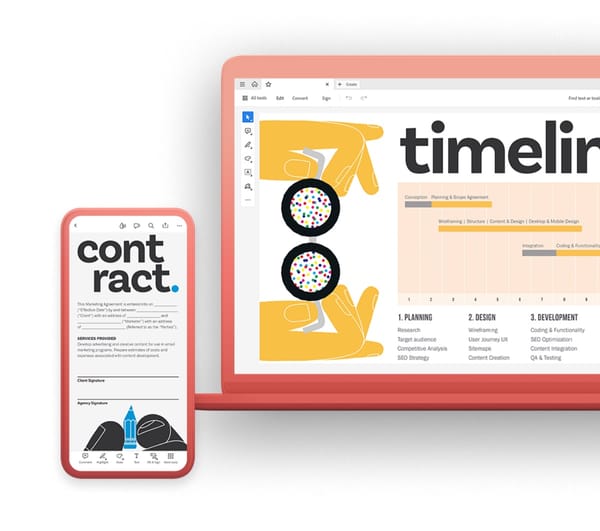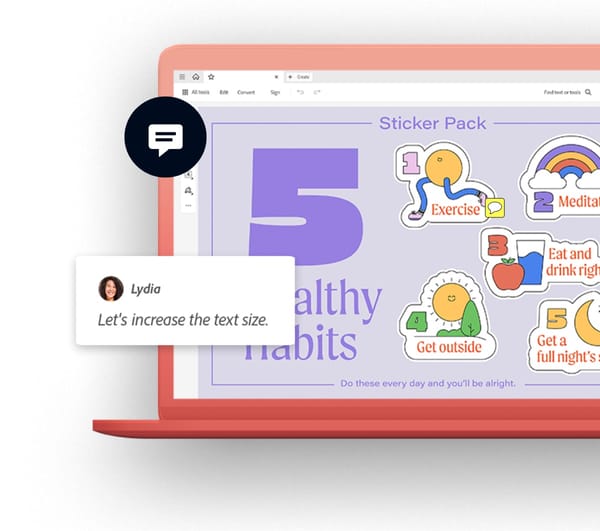How to Create a Postcard in Adobe InDesign
Postcards serve as tangible expressions of creativity and personal connections, often carrying messages of greetings, travel adventures, or special occasions. Adobe InDesign, a powerful page layout software, provides a versatile platform for crafting visually appealing and personalized postcards that leave a lasting impression.
Essential Steps for Designing a Postcard in InDesign
- Launch InDesign and Set Document Dimensions: Open InDesign and create a new document. Set the page size to the standard postcard dimensions, typically 4 inches by 6 inches.
- Establish a Grid: Create a grid system to guide the layout and ensure visual balance. Use InDesign’s built-in grid tools or create your own custom grid.
- Choose a Background: Select a visually appealing background that complements the postcard’s theme and message. You can use a solid color, an image, or a combination of both.
- Incorporate Imagery: If desired, include relevant images that enhance the postcard’s message or theme. Resize and position the images strategically to create a cohesive design.
- Craft Compelling Headlines: Create eye-catching headlines that summarize the postcard’s purpose or convey a greeting. Use appropriate fonts and sizes for optimal impact.
- Add Body Text: If necessary, include brief body text to provide context, share a personal message, or add a call to action. Use fonts that are easy to read and align with the postcard’s overall style.
- Address Information: Include the recipient’s address and your return address prominently on the postcard. Ensure the text is clear and legible.
- Postage Stamp Area: Create a designated area for the postage stamp, typically in the upper right corner. Ensure it’s clearly marked and of appropriate size.
- Branding Elements: Integrate branding elements, such as a logo, company name, or personal touch, to establish a recognizable brand identity or convey a personal touch.
- Review and Refinements: Carefully review the overall design for balance, impact, and effectiveness. Make any necessary adjustments to ensure the postcard’s message is clear and visually appealing.
Additional Tips for Enhancing Postcard Design
- Target Audience: Consider the postcard’s recipient and tailor the design to their preferences and interests.
- Visual Storytelling: Use imagery and typography to tell a story, conveying the postcard’s purpose or theme.
- Color Harmony: Maintain a cohesive color palette that complements the postcard’s overall aesthetic.
- Typography Consistency: Use fonts that are visually appealing, readable, and consistent with the postcard’s style.
- Whitespace Utilization: Use whitespace effectively to guide the reader’s eye and avoid clutter.
- Proofread and Edit: Carefully proofread all text elements for accuracy and consistency.
- Seek Feedback: Share your work with colleagues or peers to gather feedback and make necessary refinements.
- Experiment and Iterate: Don’t be afraid to experiment with different design elements and layouts to find the most impactful approach.
By following these steps, considering the additional tips, and utilizing Adobe InDesign’s comprehensive tools, you can create postcards that not only deliver messages but also leave a lasting impression on recipients. Remember, a well-designed postcard can serve as a tangible reminder of a special moment, a connection with loved ones, or a unique travel experience.


